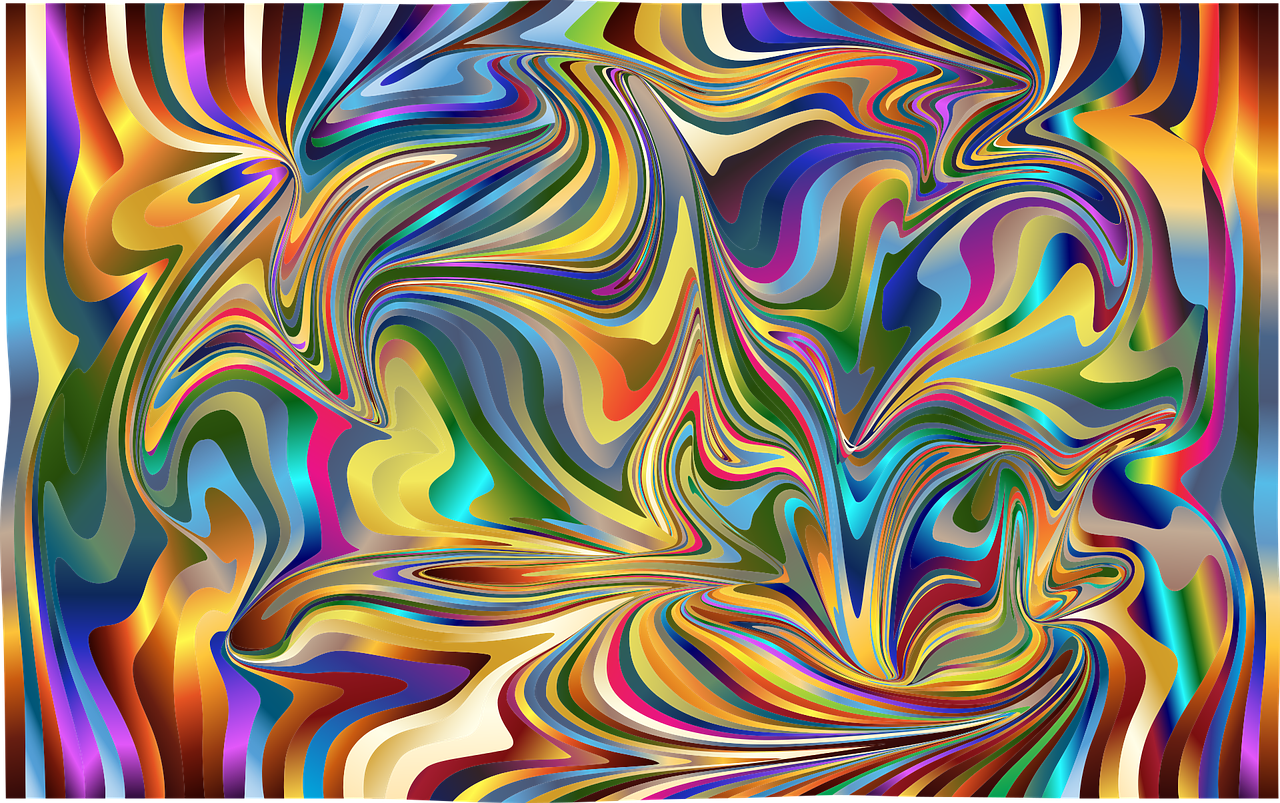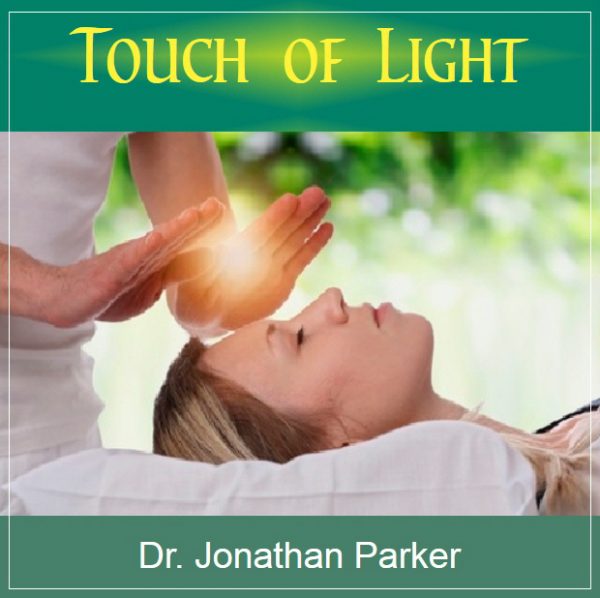Holographic Healing: Embracing Wholeness in Alternative Medicine

Hey there, amazing readers! 🖐️ Just a quick note: yes, we know there are a lot of ads here. Trust us, we get it—it’s not the prettiest look, but they help us keep this blog alive and kicking. Those pesky little ads cover the costs of all the behind-the-scenes magic, from hosting and tech stuff to creating content we hope you’ll love.
We’re committed to delivering quality posts, and your support (even just sticking around despite the ads) means everything to us. So, bear with us, and thanks for helping us keep the good vibes rolling. Now, on to the fun stuff! 😉
TRANSLATE BUTTON AT THE END OF THE ARTICLE
Overview
Alternative medicine has gained popularity in recent years as people seek holistic approaches to health and wellness.
One such approach is holographic healing, which aims to restore balance and harmony to the body, mind, and spirit.
This article will delve into the concept of holographic healing, exploring its principles, scientific basis, applications, benefits, and limitations.
We will also discuss its integration with traditional medicine, provide real-life case studies, debunk myths and misconceptions, offer precautions for practitioners, and highlight future prospects in this field.
Understanding the Concept of Holographic Healing
Holographic healing is a form of alternative medicine that recognizes the interconnectedness of different aspects of our being.
It is based on the belief that the body, mind, and spirit are not separate entities but rather parts of a unified whole.
According to holographic healing, imbalances or disruptions in one aspect can manifest as physical or emotional ailments in another.
The goal of this approach is to restore harmony and wholeness by addressing the root causes of illness or imbalance.
Exploring the Principles behind Holographic Healing
Holographic healing is rooted in several fundamental principles.
Firstly, it acknowledges that the body has an innate ability to heal itself given the right conditions.
It views the body as a self-regulating and self-healing system, capable of maintaining optimal health when in balance.
Secondly, holographic healing recognizes that the mind and emotions play a significant role in overall well-being.
It emphasizes the importance of addressing psychological and emotional factors that may contribute to illness.
Lastly, holographic healing promotes the idea that each individual is unique and requires personalized treatment.
It takes into account the individual’s specific needs, experiences, and beliefs.
The Science: How Holographic Healing Works
While the concept of holographic healing may seem esoteric, it has a scientific basis.
The theory behind holographic healing is grounded in the principles of quantum physics and the understanding that everything in the universe is interconnected.
This interconnectedness is believed to be mediated through energy fields and information exchange.
Holographic healing posits that the body has holographic patterns that contain information about its overall state of health.
By accessing and influencing these patterns, it is possible to facilitate healing and restore balance.
Applications of Holographic Healing in Alternative Medicine
Holographic healing can be applied to a wide range of health issues and concerns.
It is often used as a complementary therapy for various physical ailments, including chronic pain, digestive disorders, and autoimmune conditions.
Additionally, holographic healing can address emotional and mental health issues, such as anxiety, depression, and trauma.
It is also employed as a preventive measure to maintain overall wellness and promote self-care.
With its focus on holistic well-being, holographic healing offers a comprehensive approach to health that encompasses the body, mind, and spirit.
Benefits and Limitations of Holographic Healing
One of the key benefits of holographic healing is its ability to address the root causes of illness rather than merely treating symptoms.
By identifying and addressing imbalances in the body’s energy fields, holographic healing can facilitate deep healing and long-term well-being.
It also empowers individuals to take an active role in their own healing process, promoting a sense of autonomy and self-awareness.
However, it is important to note that holographic healing may not be suitable for everyone or every condition.
Its effectiveness may vary depending on individual factors, and it should not replace conventional medical treatment for serious or life-threatening conditions.
Integrating Holographic Healing with Traditional Medicine
While holographic healing is considered an alternative approach, it can be integrated with traditional medicine to enhance overall patient care.
Many healthcare professionals recognize the value of a holistic approach and incorporate holographic healing techniques alongside conventional treatments.
For example, holographic healing can be used to manage pain and reduce stress during medical procedures.
By working collaboratively, practitioners from both traditional and holographic healing modalities can provide comprehensive and personalized care to patients.
Case Studies: Real-life Examples of Holographic Healing Success
Numerous case studies have documented the positive outcomes of holographic healing.
For instance, a study published in the Journal of Alternative and Complementary Medicine showed that holographic healing interventions reduced pain and improved quality of life in individuals with chronic pain conditions.
Another study published in the Journal of Holistic Nursing demonstrated the effectiveness of holographic healing in decreasing anxiety levels and promoting relaxation.
These real-life examples highlight the potential of holographic healing as an adjunct therapy in various healthcare settings.
Debunking Myths and Misconceptions about Holographic Healing
As with any alternative therapy, holographic healing has faced its fair share of myths and misconceptions.
One common misconception is that holographic healing is a pseudoscience lacking scientific evidence.
However, as discussed earlier, holographic healing is grounded in the principles of quantum physics and has a scientific basis.
Another myth is that holographic healing can replace conventional medical treatments.
While it can complement traditional medicine, it should not be seen as a substitute for evidence-based medical care.
By debunking these myths, we can foster a better understanding and acceptance of holographic healing as a valid therapeutic approach.
Precautions and Considerations for Holographic Healing Practitioners
Practitioners of holographic healing must exercise caution and adhere to ethical guidelines.
It is crucial to undergo appropriate training and certification to ensure competency and professionalism.
Additionally, practitioners should maintain open communication with their clients and inform them of the limitations and potential risks associated with holographic healing.
It is also important to recognize the importance of interdisciplinary collaboration and refer clients to conventional medical professionals when necessary.
By taking these precautions, holographic healing practitioners can provide safe and effective care to their clients.
Future Prospects: Advancements in Holographic Healing Research
The field of holographic healing continues to evolve, with ongoing research exploring its mechanisms and potential applications.
Emerging technologies, such as biofeedback devices and advanced imaging techniques, offer new avenues for studying and understanding holographic healing.
Furthermore, clinical trials are being conducted to assess the efficacy of holographic healing in specific health conditions.
As research in this field advances, we can expect a deeper understanding of holographic healing and its integration into mainstream healthcare practices.
Embracing Holistic Wellness: Holographic Healing as a Complementary Approach
In conclusion, holographic healing offers a holistic approach to health and wellness, emphasizing the interconnectedness of the body, mind, and spirit.
With its scientific basis, personalized treatment approach, and potential benefits, holographic healing has gained recognition as a valuable complementary therapy.
By integrating holographic healing with traditional medicine, addressing myths and misconceptions, ensuring practitioner competence, and fostering ongoing research, we can embrace an inclusive approach to healthcare that embraces wholeness and supports individuals on their healing journeys.

The Enlightenment Journey is a remarkable collection of writings authored by a distinguished group of experts in the fields of spirituality, new age, and esoteric knowledge.
This anthology features a diverse assembly of well-experienced authors who bring their profound insights and credible perspectives to the forefront.
Each contributor possesses a wealth of knowledge and wisdom, making them authorities in their respective domains.
Together, they offer readers a transformative journey into the realms of spiritual growth, self-discovery, and esoteric enlightenment.
The Enlightenment Journey is a testament to the collective expertise of these luminaries, providing readers with a rich tapestry of ideas and information to illuminate their spiritual path.
Our Diverse Expertise 🌟
While our primary focus is on spirituality and esotericism, we are equally passionate about exploring a wide range of other topics and niches 🌍📚. Our experienced team is dedicated to delivering high-quality, informative content across various subjects ✨.
To ensure we provide the most accurate and valuable insights, we collaborate with trusted experts in their respective domains 🧑🏫👩🏫. This allows us to offer well-rounded perspectives and knowledge to our readers.
Our blog originally focused on spirituality and metaphysics, but we’ve since expanded to cover a wide range of niches. Don’t worry—we continue to publish a lot of articles on spirituality! Frequently visit our blog to explore our diverse content and stay tuned for more insightful reads.





















